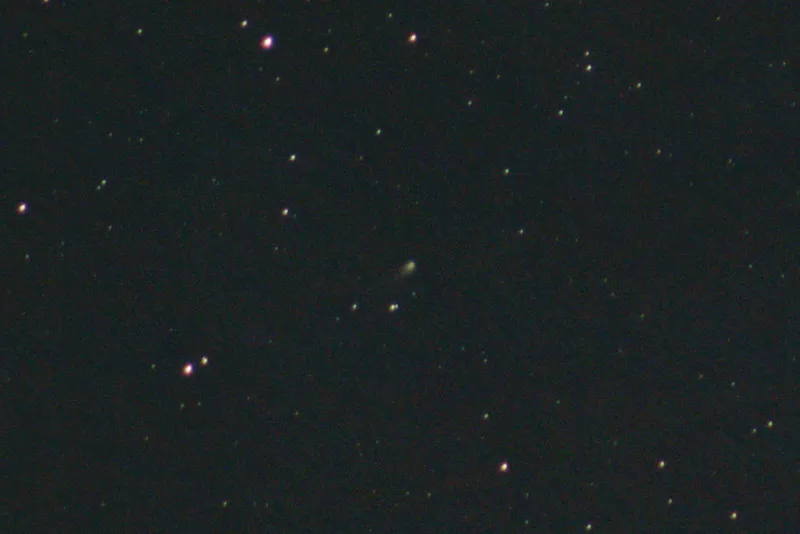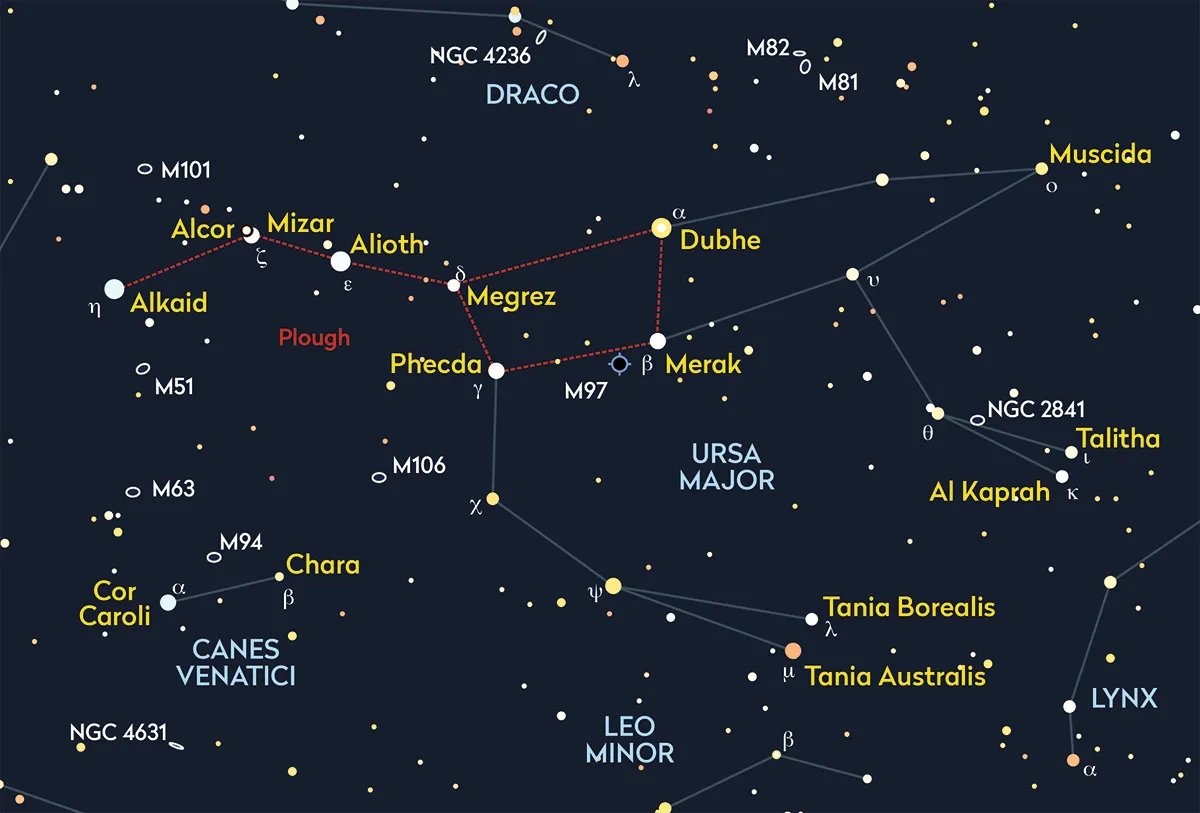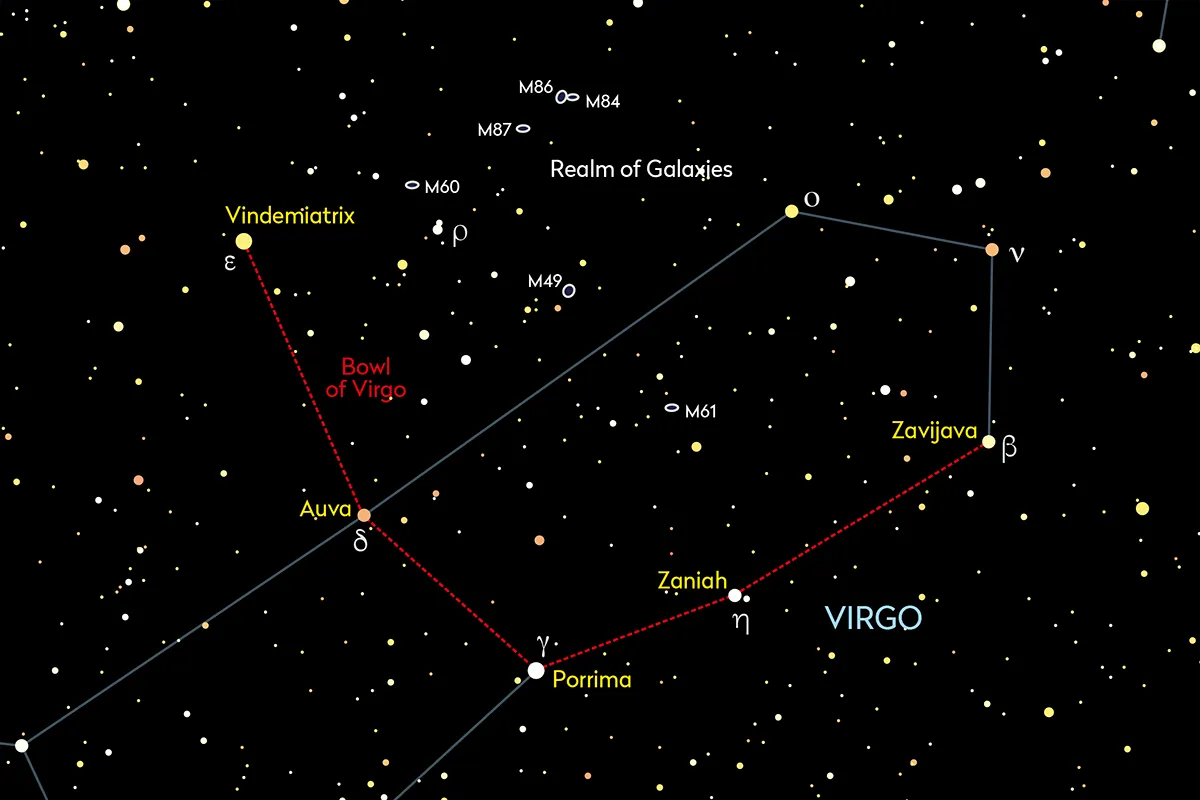There were a number of binocular- and small-telescope-bright comets at the start of 2024.
However, the comet highlight event for the year is yet to come, in the form of C/2023 A3 Tsuchinshan–ATLAS, which reaches perihelion (its closest point to the Sun) on 27 September.
Around this time, C/2023 A3 is expected to brighten above the naked-eye threshold.

Although it’ll be challengingly-placed for observing around perihelion from the UK, it’s predicted to remain above the naked-eye threshold when it re-emerges into our evening sky during October.
At this time, it may also have the potential to become something rather special – although, as ever with comets, there are no guarantees.
If you want to get out and observe Comet C/2023 A3, in this guide we'll reveal top tips on how to locate it, and what it will look like.
You can also use our charts to help you find the comet in the sky.
Observing Comet A3 in June

Comet C/2023 A3 Tsuchinshan–ATLAS is located in western Virgo at the start of June, moving out of the Bowl of Virgo asterism into southern Leo.
It’s expected to shine at around ninth magnitude during the month, brightening from mag. +9.3 on 1 June to mag. +8.6 at the end of the month.
These estimated figures are for the comet’s integrated magnitude: how bright it would appear if you took all of its light and compressed it into a star-like point source.
They may also change!

In order to be able to predict how bright C/2023 A3 may become, it’s important that observations are made of the comet’s brightness and recorded.
Only then can the values be averaged and compared to the brightness model, allowing refinements to be made.
Comets can be unpredictable.
They may brighten unexpectedly or indeed fade well below what was expected of them.
To date, C/2023 A3 has been performing as expected, which leads us to optimistically think it may well brighten above the naked-eye threshold from late August into the start of September.
If this is the case, the prospects for October remain good.
What C/2023 A3 looks like

Typically, a comet shows a central star-like core known as its ‘pseudo-nucleus’, a condensed reflective envelope of gas and dust close to its true nucleus.
In the case of C/2023 A3, early estimates put its nucleus in the 20km–40km range, which is quite large for a comet.
At a distance just shy of 2 AU, the true nucleus is too small to be seen from Earth.
The pseudo-nucleus is typically the brightest part of the comet.
It appears surrounded by the coma, a more diffuse shroud of gas and dust surrounding the core.
A large coma can appear diffuse and will be easily lost against bright summer skies, while a more condensed example will stand its ground.

How to locate Comet C/2023 A3
Comet C/2023 A3 Tsuchinshan–ATLAS is a mag. +9.3 object at the start of June, brightening to mag. +8.6 at the end of the month but all the while battling evening twilight.
The good news is that C/2023 A3 will be in a convenient location, low above the western horizon as the sky darkens after sunset.
The bad news is that the summer solstice on 20 June will mean the sky never gets properly dark from the UK.
Comet magnitudes reflect how bright the object would appear if all its light were concentrated to a central point.
How condensed C/2023 A3 will appear in June and the nature of its tail remains to be seen, but the fainter elements of the comet will suffer against a non-dark sky.
In order to maximise your chances of seeing or imaging C/2023 A3, you’ll need to get speedy with your area location techniques.
Fortunately, that’s fairly easy in this case.

Choose a location with a flat, unobstructed western horizon.
As darkness falls, locate the Plough (or Saucepan) asterism above the west-northwest horizon.
Extend the curve of its handle away from the plough to reach bright Arcturus (Alpha (α) Bootis) and keep going to find bright Spica (Alpha (α) Virginis).
From Spica, work your way towards Porrima (Gamma (γ) Virginis), which sits at the ‘base’ of the Bowl of Virgo asterism.

Now work along the western arm of the Bowl towards the back legs of Leo and you’ll be in the correct position to locate the comet.
Once you’ve done this a couple of times, it will become a quick process.
Finally, look out for the Moon that will interfere between 10 and 25 June, adding additional unwanted natural light pollution to an already far-from-dark summer sky.
Have you observed or imaged Comet A3? Get in touch by emailing us at contactus@skyatnightmagazine.com
This guide appeared in the Jun 2024 issue of BBC Sky at Night Magazine.
